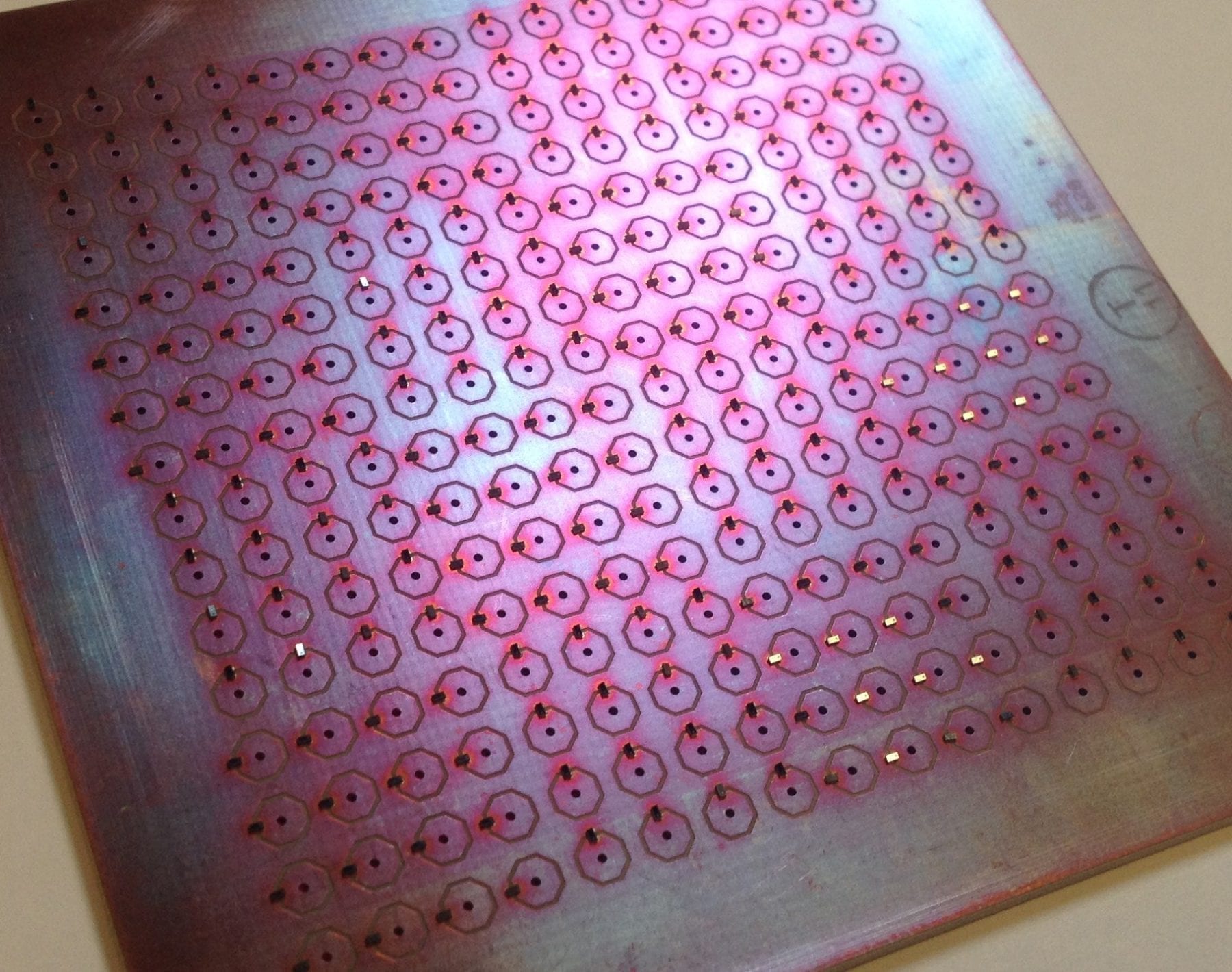
RSL system based on transfer learning
A deep-learning powered single-strained electronic skin sensor can capture human motion from a distance. The single strain sensor placed on the wrist decodes complex five-finger motions in real time with a virtual 3D hand that mirrors the original motions.
The deep neural network boosted by rapid situation learning (RSL) ensures stable operation regardless of its position on the surface of the skin.
Conventional approaches require many sensor networks that cover the entire curvilinear surfaces of the target area. Unlike conventional wafer-based fabrication, this laser fabrication provides a new sensing paradigm for motion tracking.
The research team, led by Professor Sungho Jo from the School of Computing, collaborated with Professor Seunghwan Ko from Seoul National University to design this new measuring system that extracts signals corresponding to multiple finger motions by generating cracks in metal nanoparticle films using laser technology. The sensor patch was then attached to a user’s wrist to detect the movement of the fingers.
The concept of this research started from the idea that pinpointing a single area would be more efficient for identifying movements than affixing sensors to every joint and muscle. To make this targeting strategy work, it needs to accurately capture the signals from different areas at the point where they all converge, and then decoupling the information entangled in the converged signals. To maximize users’ usability and mobility, the research team used a single-channeled sensor to generate the signals corresponding to complex hand motions.
The rapid situation learning (RSL) system collects data from arbitrary parts on the wrist and automatically trains the model in a real-time demonstration with a virtual 3D hand that mirrors the original motions. To enhance the sensitivity of the sensor, researchers used laser-induced nanoscale cracking.
This sensory system can track the motion of the entire body with a small sensory network and facilitate the indirect remote measurement of human motions, which is applicable for wearable VR/AR systems.
The research team said they focused on two tasks while developing the sensor. First, they analyzed the sensor signal patterns into a latent space encapsulating temporal sensor behavior and then they mapped the latent vectors to finger motion metric spaces.
Professor Jo said, “Our system is expandable to other body parts. We already confirmed that the sensor is also capable of extracting gait motions from a pelvis. This technology is expected to provide a turning point in health-monitoring, motion tracking, and soft robotics.”
The Latest Updates from Bing News & Google News
Go deeper with Bing News on:
Motion tracking
- Pennsylvania moves to join states that punish stalkers who use Bluetooth tracking devices
Pennsylvania is taking steps toward becoming the latest state to punish someone for using a Bluetooth-connected device to track someone without their permission.
- We Watched Horses Die on the Track. Will Anything Change?
Last year, 12 horses died at Churchill Downs, and another 13 died at Saratoga. In a new documentary, two reporters examine the issues surrounding the sport.
- Competition Dates Set for 2024 Real Rider Cup
The 2024 dates for two competition legs of the Real Rider Cup, a charity show jumping event featuring members of the racing industry competing on off-track Thoroughbreds, were announced Tuesday. The ...
- Kaneland School Board votes to replace hazardous track
CHICAGO — Student athletes cheered in Maple Park Monday night after the Kaneland School Board unanimously passed a motion to replace the high school’s hazardous track. The vote comes after several ...
- Behind the wheel of CXC’s $600,000 off-road racing simulator
The Motion Pro II toed the line between gaming and training, as I witnessed my mind adapting to the divergent inputs, though I can still report that sim driving still can't quite match all the ...
Go deeper with Google Headlines on:
Motion tracking
[google_news title=”” keyword=”motion tracking” num_posts=”5″ blurb_length=”0″ show_thumb=”left”]
Go deeper with Bing News on:
Rapid situation learning system
- How To Reverse A Mistake While In Its Midst
Ever wondered how to reverse a mistake in the middle of it? We’ve all been there – that sinking feeling when you realize an error mid-action. But fear not, as we unveil the secrets to turning the tide ...
- Severe crises like the war in Gaza have the potential to become famines in five stages
To those of us who study global hunger issues, the situations in Gaza, Sudan, Haiti and a host of other countries reflect a growing trend in which severe crises have the potential to become famines.
- Where Luxury Meets Refuse Collection
Driver-focused, high-tech helps to bring safety features to refuse collection vehicles. By Katie Kauzlaric In the realm of vehicle safety, luxury cars ...
- How Will AI Change Cyber Operations?
The U.S. government somehow seems to be both optimistic and pessimistic about the impact of AI on cyber operations. On one hand, officials say AI will ...
- ESCMID Global Panelists Underscore Role of Rapid Dx Testing in Antimicrobial Resistance Battle
In a BioMérieux-sponsored symposium, economist Lord Jim O'Neill revisited a 2016 report on AMR while experts discussed the use of rapid testing tools such as those offered by the French company.
Go deeper with Google Headlines on:
Rapid situation learning system
[google_news title=”” keyword=”rapid situation learning system” num_posts=”5″ blurb_length=”0″ show_thumb=”left”]










